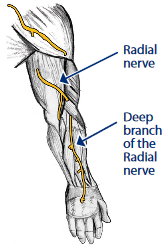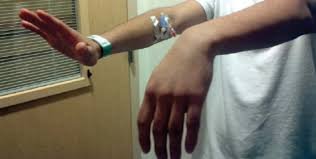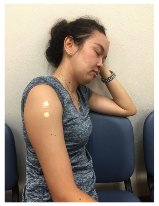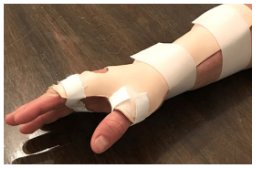nalco group
bone, muscle & joint pain physio
BOOK NOW / WHATSAPP ABOUT YOUR PAIN OR INJURY
- NOVENA 10 Sinaran Drive, Novena Medical Center #10-09, Singapore 307506
- TAMPINES 9 Tampines Grande #01-20 Singapore 528735
- SERANGOON 265 Serangoon Central Drive #04-269 Singapore 550265
Home > Blog > Hand Therapy & Customized Splinting > Conditions > Finger, Hand, Wrist, Forearm & Elbow Conditions > Radial Nerve Palsy Hand Therapy
Radial Nerve Palsy Hand Therapy
“Working with a knowledgeable hand therapist can make the difference between success and failure in complex hand surgical cases. The therapist extends the continuum of our care, as well as functioning as coach and trainer for our patients.”
Marybeth Ezaki, MD, Past President, American Society for Surgery of the Hand
In Phoenix Rehab, our senior hand therapists are experienced licensed and dedicated therapists (physiotherapists and/or occupational therapists) who specialized ONLY in the rehabilitation, treatment and management of painful fingers, hands, wrists, forearm & elbow conditions, because of interest, passion and expertise.

Course of the radial nerve in the arm
The radial nerve is one of the major nerves of the arm.
The radial nerve begins (originates) at the neck and travels through the entire length of the arm. It controls the muscles that help straighten the
- elbow
- wrist and
- finger.
It also provides sensation to the back of the hand.
When there is compression or injury to the radial nerve, the muscles supplied by this nerve may appear weakened and sensation may be affected
What are the symptoms of radial nerve palsy?
Weakness or inability to straighten the wrist and/or fingers are the primary symptoms of radial nerve palsy. Numbness or tingling along the back of the hand might also occur.
It can be difficult to release or let go of objects grasped by the affected hand.

What causes radial nerve palsy?
Radial nerve palsy may occur as a result of upper arm fractures or direct pressure on the arm over a sustained period of time.

Direct pressure on the arm over a long period of time, such as falling asleep in a chair (especially with exhausted parents or workers), can cause radial nerve palsy
What is the treatment for radial nerve palsy?
A health care practitioner may order a diagnostic test to determine the extent of nerve involvement.
Depending on the severity and the cause, either surgical or non-surgical treatment may be recommended.
What can a hand therapist do for me?
Our senior hand therapists will custom fit or fabricate a splint to straighten the fingers and support the wrist. The orthosis can help with grasp and release during day-to-day activities while awaiting nerve recovery.
If surgery is required, hand therapy will be referred to focus primarily on restoring and rehabilitating full motion and use of the hand.

Custom orthosis used to straighten the fingers and support the wrist
Patients may also receive the following hand therapy treatment modalities:
- cold therapy
- heat therapy
- moist heat paraffin wax therapy
- manual therapy
- joint mobilization
- ultrasound therapy
- stretching exercises
- strengthening exercises
- scar management
- etc
